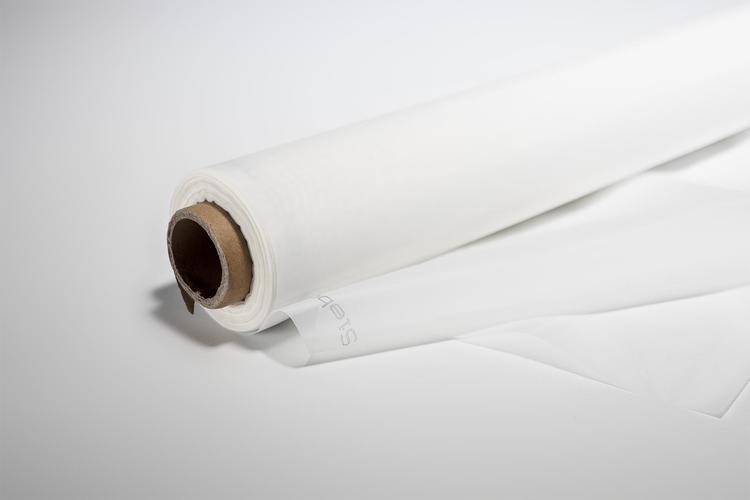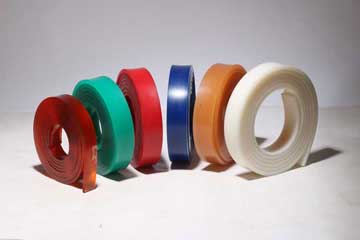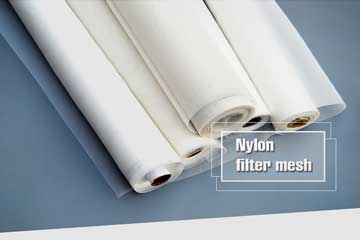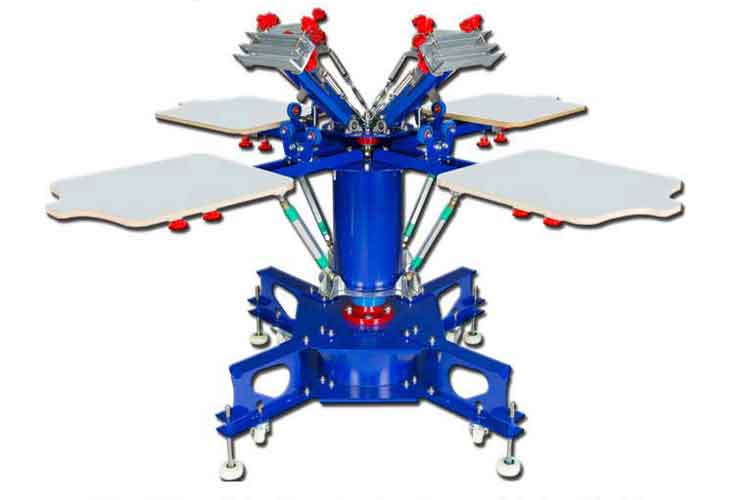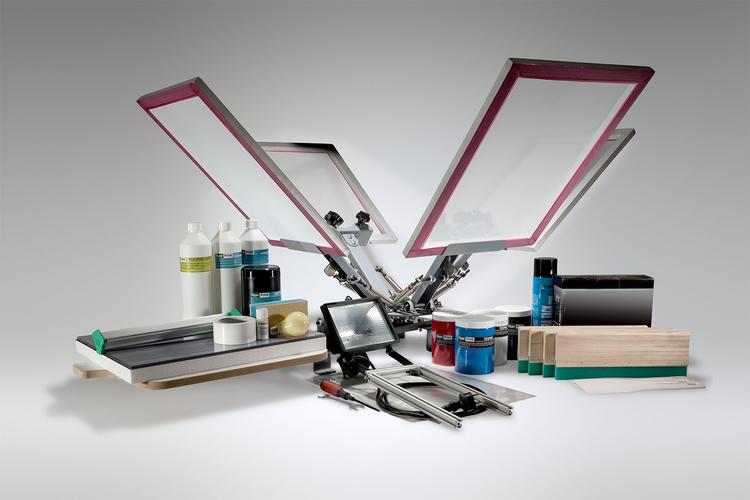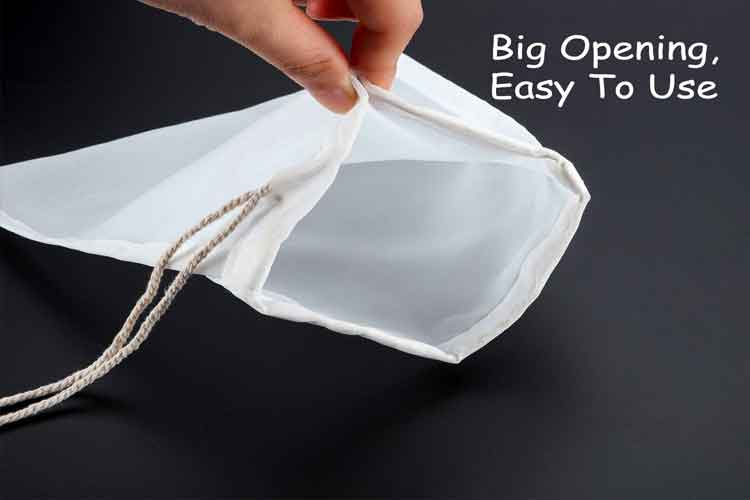SMT Stencil Screen Tension Meter: Why Accurate Stencil Tension Makes Your SMT Prints Reliable
If youre responsible for solder paste printing in a modern SMT line, you already know how fragile the balance is between under-printing and over-printing. The single most underestimated variable in that balance is stencil tension. A calibrated smt ste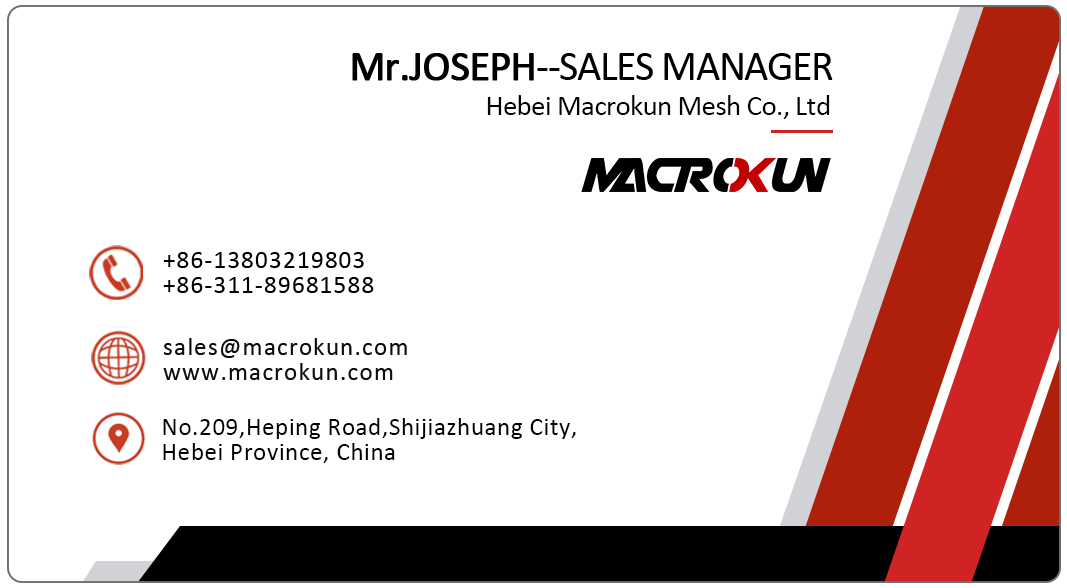
If you’re responsible for solder paste printing in a modern SMT line, you already know how fragile the balance is between under-printing and over-printing. The single most underestimated variable in that balance is stencil tension. A calibrated smt stencil screen tension meter gives you a repeatable, measurable way to control that variable — and it repays its cost in fewer defects, fewer stoppages, and steadier yields.
This isn’t a niche tool for hobbyists. For PCB assemblers pursuing consistent paste deposition across thousands of placements, a reliable smt stencil screen tension meter is a production instrument: simple to use, robust enough for the production floor, and precise enough to make a real difference.

The Practical Problem: Metal Foil Behaves Differently
Unlike polyester mesh used in textile screen printing, stainless-steel stencil foil has a far higher modulus of elasticity. That means a foil’s apparent “feel” can be deceptive and conventional mesh tension meters can return misleading numbers when applied to mounted metal stencils. Many printed-electronics engineers have found that the only reliable way to gauge foil tension is with a meter or analyzer designed with SMT foils in mind. A purpose-designed smt stencil screen tension meter accounts for the foil’s stiffness and the way it interacts with the frame, producing readings you can act on with confidence.
What the Right Meter Gives You
Choosing a proper smt stencil screen tension meter delivers several operational advantages:
-
Measurable targets. Instead of “tight enough” or “seems okay,” you get a numeric tension expressed in Newtons per centimeter (N/cm). That allows you to define and document target ranges for different stencils and processes.
-
Repeatability across operators. Different people stretch stencils slightly differently. With a meter, any technician can match an established tension standard.
-
Faster root-cause troubleshooting. When prints shift, pinholes form, or paste release falters, knowing your stencil tension eliminates a big category of unknowns.
-
Longer stencil life and fewer reworks. When foil tension is correct, the stencil endures fewer mechanical abuses, adhesive stresses and repeated re-stretches. Over time that preserves aperture fidelity and lowers replacement costs.
Those benefits convert directly to fewer stoppages and more predictable yields—especially vital on high-mix or fine-pitch boards.
What to Look for When Buying an SMT Tension Meter
Not all tension meters are created equal. When you evaluate options, keep these practical criteria in mind:
-
SMT-ready calibration or design. If you’re measuring stainless foil mounted in frames, prefer a unit or analyzer explicitly tested on SMT stencils rather than a generic mesh meter. Such devices are engineered to compensate for foil stiffness.
-
Measurement range and resolution. A useful production range is typically in the tens of N/cm; devices that cover roughly 7–80 N/cm will handle most stencil types. Finer resolution helps detect small but meaningful changes.
-
Accuracy and certification. Look for meters with known accuracy and, if necessary, a calibration certificate—important for labs and regulated production.
-
Ease of use and sampling speed. In an SMT line, you need to check multiple points quickly. User-friendly meters with a simple contact method help your team adopt routine checks.
-
Ruggedness for the floor. A production meter should tolerate grease, incidental knocks, and quick handling—consider protective housings or portable case options.
A well-selected smt stencil screen tension meter balances precision with practicality so that it becomes part of daily QA, not a specialist toy that’s rarely used.
How to Use an SMT Stencil Screen Tension Meter (Practical Workflow)
Integrating the tool into your process is straightforward. Here’s a tested routine used by many electronics printer technicians:
-
Mount the stencil as you normally would and allow any adhesive to set according to your fixture or frame vendor’s recommendation.
-
Select measurement points. For each stencil, sample at multiple positions—commonly center and two or more points near the edges. For long stencils, add more sample points across the length.
-
Place the meter gently on the foil and take the reading. If your meter uses a contact bar, ensure it makes square contact without tilting.
-
Record warp and weft (if applicable). Some stencils will have different tensions along each axis; measuring both gives a fuller picture.
-
Compare readings to your target range. If values are out of spec, re-stretch or re-mount according to your fixture instructions.
-
Log the reading. Whether you keep a digital log or shop notebook, recording tension helps you spot drift over time.
A quick set of spot checks at the start of each shift, and a full survey after major maintenance or stencil change, keeps your printing predictable. Once staff see how quickly the device identifies tension problems, using it becomes routine rather than optional.
Real-World Impact: Examples from Production
-
On fine-pitch assemblies, vendors report that bringing all stencils into a narrow target band noticeably reduced bridging and insufficient solder joints. The numeric control let them tighten process windows and dial down pressure.
-
Another assembler found that inconsistent yields would often trace back to a single poorly tensioned stencil—fixing that one brought immediate, multi-board improvements.
-
Facilities that added routine tensiometry to their incoming stencil inspection found fewer surprises and a smoother setup experience on first runs.
Those anecdotal gains reflect a clear truth: when stencil tension is controlled, many downstream problems simply don’t occur.
Buying Advice and Value Considerations
When considering price and value, remember the meter is an insurance policy for print quality. Lower-cost meters will provide basic readings and deliver immediate improvement over no measurement at all. Higher-end SMT foil analyzers cost more but pay back in higher accuracy, better sampling speed and, for high-volume lines, lower scrap rates.
If your business prints critical, fine-pitch boards where yield is paramount, lean toward meters or analyzers designed specifically for mounted stainless-steel foil. If you run a mixed environment with less critical tolerances, a robust general stencil tension meter will still give you measurable gains.
Making It Work for Your Team
Adoption is often the biggest hurdle. Keep it simple:
-
Teach a one-page standard operating procedure showing where to measure, acceptable ranges, and corrective actions.
-
Place the meter near the stencil storage or setup station so it’s convenient.
-
Measure and log—consistency is the core benefit.
Soon the meter becomes your team’s quick sanity check: they won’t start a job until the stencil tension is within the expected band.
Final Thought
A well-chosen smt stencil screen tension meter is a small instrument with outsized impact. It turns a subjective “looks tight” judgment into objective, repeatable control. For electronics manufacturers chasing repeatable yields, fewer defects, and predictable setups, this tool is a measured step toward production maturity.
If print quality is an outcome you’re accountable for, bringing precision to stencil tension isn’t optional—it’s fundamental. Invest in the right meter, make measurement routine, and watch small, measurable changes cascade into real production improvements.
Pre:Screen Tension Meter Price: Making Sense of Your Investment for Professional Printing
Next:How to Calibrate Tension Meter — A Practical Guide and Why Proper Calibration Matters
Tags:
